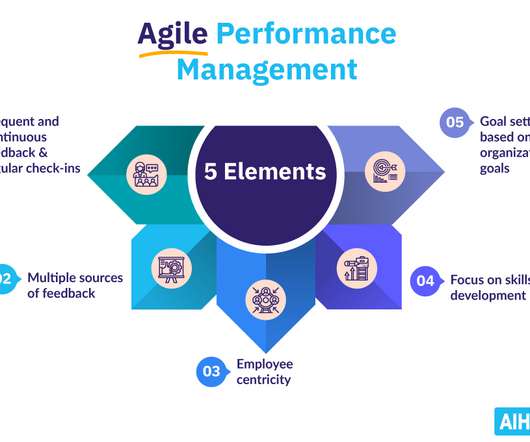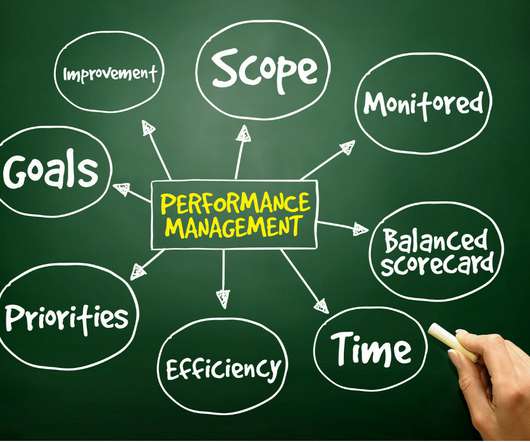How To Develop a Performance Management Framework: Your All-In-One Guide
AIHR
SEPTEMBER 2, 2024
Research from Gartner has also found that 59% of employees find traditional performance review systems ineffective. Performance monitoring: HR and managers monitor employee performance based on their goals by tracking key metrics and KPIs and regularly providing constructive feedback. In AIHR’s Digital HR 2.0



























Let's personalize your content